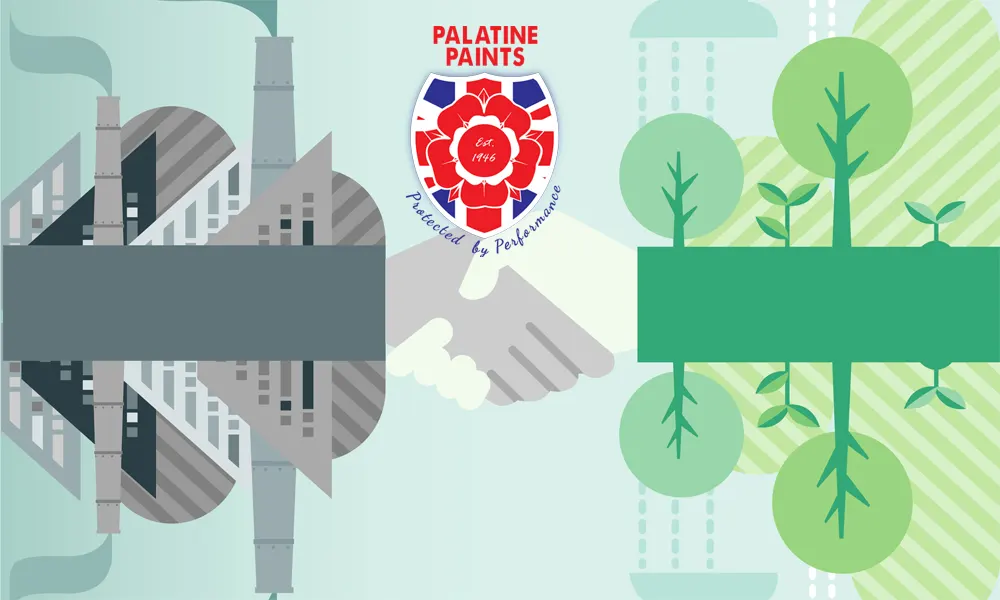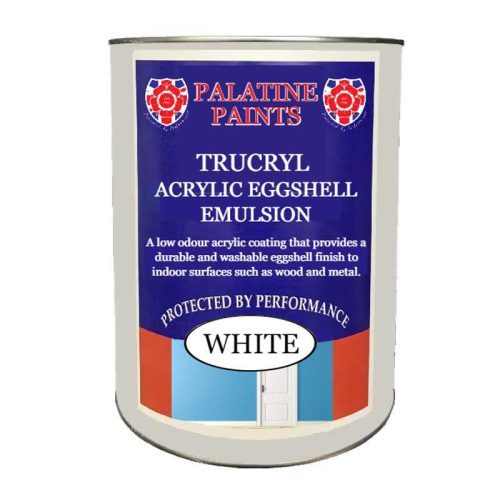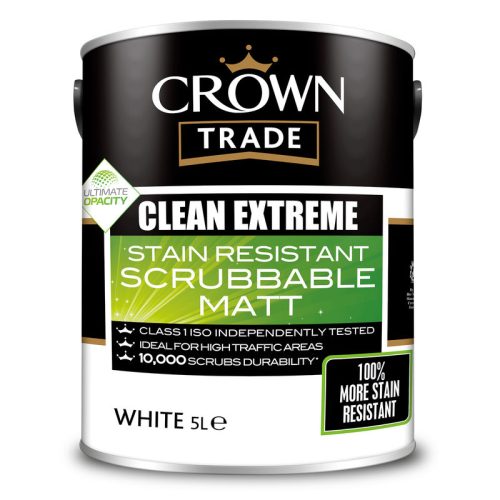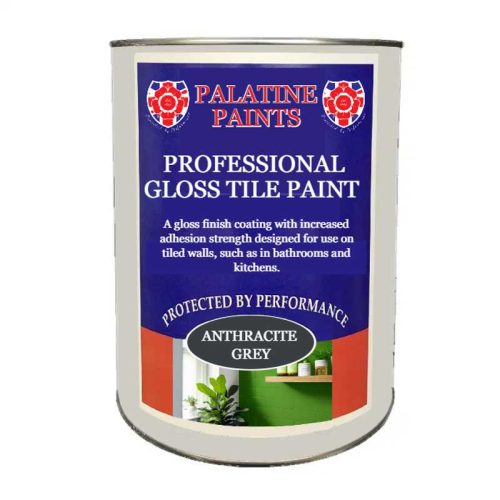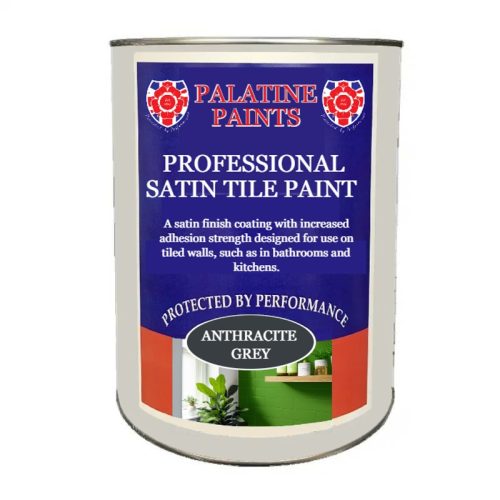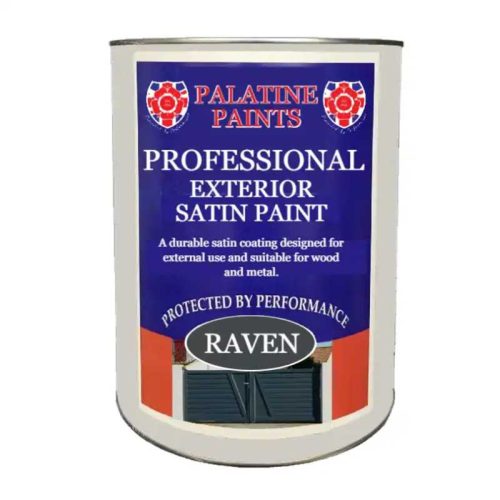All Blogs
Incorporating Sustainable Practices in UK Paint Manufacturing
In the UK, the move towards sustainable paint manufacturing is more than just a trend; it’s an essential shift in addressing our carbon footprint and enhancing environmental sustainability.
By embracing strategies like waste reduction, utilisation of sustainable materials, and advancement towards a circular economy, we’re transforming the paint industry.
The impact of such eco-initiatives extends beyond the manufacturing process to the very quality of life within the spaces these paints adorn.
We recognise that the path to sustainability is both progressive and challenging. In this article, we’ll explore how the paint industry is innovating with eco-friendly solutions, delineating the environmental benefits while confronting the obstacles inherent in such a transformation.
We’re committed to detailing the efforts to reduce emissions, improve energy efficiency, and the implementation of renewable energy practices that signify our dedication to a greener future in paint manufacturing.
The Evolution of Paint Manufacturing
Our journey in sustainable paint manufacturing is deeply rooted in history, evolving significantly over the centuries. Here’s a snapshot of that evolution:
- 18th Century Beginnings:
- The inception of paint manufacturing in the UK can be traced back to the 1700s, marking a pivotal moment in the industry’s history.
- Industrial Revolution Advances:
- The period between the 1760s-1840s heralded a new era for paint manufacturing, with the Industrial Revolution catalysing techniques that enabled mass production by the 19th century.
- 20th Century Developments:
- 1923: British Paints, originally J. Dampney & Co, established its presence in Tyneside, becoming a significant employer in Shieldfield.
- 1932: The industry capitalised on rearmament efforts, with companies like British Paints experiencing a mix of optimism and concern.
- World War II: The war effort led to innovation in house paint, as manufacturers developed synthetic resins to overcome linseed oil shortages.
- Post-War Boom: The surge in housing demand post-World War II spurred the growth of decorative paints, expanding our industry’s reach.
Key Sustainable Practices in the Industry
In our industry, sustainable paint practices are not just beneficial for environmental sustainability; they’re essential for reducing our carbon footprint and conserving resources. We focus on several key areas:
Raw Material Sourcing and Energy Efficiency
- We prioritise sourcing raw materials responsibly and improving energy efficiency across our operations. This includes using renewable resources and reducing reliance on fossil fuels.
- Our efforts extend to waste management, where we aim to minimise production waste and promote recycling and water conservation.
Innovation in Product Development
- The development of eco-friendly paints with low or no VOCs is crucial to improving indoor air quality and making homes safer.
- We’re exploring natural paints made from renewable resources like clay, chalk, and natural oils, which offer not only environmental but also health and aesthetic benefits.
Industry Standards and Consumer Demand
- Strict UK and EU regulations on VOC levels ensure that our movement towards eco-friendly products is genuine and not just a marketing gimmick.
- We respond to consumer awareness and demand for sustainable products by adopting government regulations and industry standards that drive these practices forward.
Our commitment is reflected in the actions of companies like Graphenstone and Sherwin-Williams, who are setting ambitious environmental goals, and in initiatives like the British Coatings Federation‘s Coatings Care Awards, which recognise progress in sustainability metrics.
We’re also seeing innovative partnerships, such as COAT Paints’ collaboration with bodo, which leverages electric vehicles and eco-friendly packaging for sustainable delivery services.
Through these practices, we’re not only contributing to a greener planet but also paving the way for the future of sustainability in the paint industry.
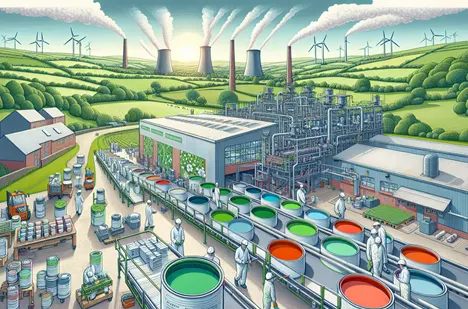
Case Studies of Green Innovation
In our pursuit of environmental sustainability within the paint industry, we’ve witnessed pioneering green innovations that address the dual challenges of ecological responsibility and customer satisfaction. Here are two case studies that exemplify our commitment to sustainable paint and reducing our carbon footprint:
COAT Paints’ Delivery Revolution:
- Faced with the challenge of eco-friendly delivery, COAT Paints launched innovative 30-Minute and Same-Day Delivery options.
- These services not only increased checkout conversion but also significantly enhanced customer lifetime value (LTV), retention, and average order value.
- The integration of these delivery solutions marked a transformative step in customer service, fostering loyalty and setting COAT Paints apart in the market.
Biomass Boiler Implementation:
As we transition to water-based paints, we acknowledge the increased energy demand for drying processes.
- An industrial wood-waste biomass boiler presents a solution, offering sustainable, carbon-neutral energy.
- Utilising this technology allows businesses to decrease their carbon footprint and gain a buffer against fluctuating energy costs, reinforcing our dedication to environmental sustainability.These initiatives demonstrate how we, as an industry, are not only adapting to consumer needs but also leading the way in sustainable practices, ensuring the longevity and health of both our industry and our planet.
Impact on Environmental Protection
In our quest for environmental sustainability, we must acknowledge the significant impact that the paint industry has historically had on the environment. The facts are stark:
Microplastic Pollution:
- Paint is a primary contributor to microplastic pollution, with leakage ranging from 5.2 to 9.8 million tonnes per year. These microplastics find their way into oceans and waterways, affecting marine life and ecosystems.
Hazardous Chemicals:
- Common paint components, such as titanium dioxide and methylisothiazolinone, pose serious environmental and health risks. Titanium dioxide is a suspected carcinogen when inhaled, and methylisothiazolinone is a potential neurotoxin.
VOC Emissions:
- Volatile organic compounds (VOCs) in paint can form greenhouse gases and particulate matter, contributing to smog and respiratory problems.The sheer volume of paint production in the UK—703 million litres in 2019—underscores the importance of reducing our carbon footprint through sustainable paint practices. With 50 million litres of paint wasted annually, and only a fraction being recycled, the environmental implications are considerable, spanning air and water pollution to energy consumption.
Our homes bear witness to this legacy, stockpiling over 50 million litres of unused paint, leading to nearly all of the UK’s waste paint being incinerated or sent to landfill.
As we continue to innovate within the paint industry, we are steadfast in our commitment to reducing these environmental impacts by embracing sustainable paint solutions and practices that prioritise our planet’s health and our own.
Challenges and Limitations
Despite our commitment to environmental sustainability and reducing our carbon footprint in the paint industry, we face several challenges and limitations that must be addressed:
Recycling and Reuse of Leftover Paint:
- A staggering 50 million tins of paint are estimated to be hoarded in UK households, yet a mere 2% of leftover paint is currently reused or remanufactured. This not only leads to a waste of valuable polymers but also underscores the need for more robust recycling schemes and consumer education. The Royal Society of Chemistry champions a circular economy approach, advocating for better recycling initiatives and consumer access, alongside investment in sustainable alternatives.
Transparency and Ingredient Disclosure:
- EU legislation mandates that companies provide safety data sheets for their products, heightening transparency about the ingredients used in paint formulations. This regulatory requirement ensures that our customers are well-informed about the products they use, aligning with our values of environmental sustainability.
Challenges with Water-Based Paints:
- While water-based paints are a sustainable alternative, they present their own set of challenges:
- They are susceptible to climate conditions, with difficulties in drying during cold weather and potential sagging in hot weather.
- The energy required to dry water-based paints, especially in colder climates, leads to increased operational costs.As we navigate these complexities, our resolve to innovate and improve sustainable paint practices remains undeterred. We strive to minimise our environmental impact while continuing to provide high-quality products that meet the needs of our customers and the planet.
The Future of Sustainability in Paint Manufacturing
As we look to the horizon of sustainable paint manufacturing, our vision is clear—we must pivot from merely being eco-efficient to becoming truly eco-effective. This means:
Embracing the Full Supply Chain: We are committed to considering every aspect of our supply chain, from the sourcing of raw materials to the end-of-life of our products, ensuring that each step aligns with our environmental sustainability goals.
Innovative Thinking: Our industry is set to grow at a CAGR of 4.60% from 2023 to 2027, which is a testament to our positive trend towards sustainability. To maintain this momentum, we are encouraging paradigm shifts and out-of-the-box thinking that challenge the status quo.
Addressing Global Challenges: The future of our industry hinges on our ability to address pressing global challenges, such as the scarcity of finite raw materials and the rising levels of CO2. Our focus is on developing practices that will ensure a totally sustainable industry.
To support this future vision, we urge our consumers to:
Purchase Responsibly: Buy only the amount of paint needed to avoid excess.
Reuse and Donate: Give new life to leftover paint by finding it a new home or purpose.
Advocate: Push for sustainable practices within the industry and beyond.
Our industry’s sustainability efforts are driven by stringent legislation and the evolving needs of our customers. We’re dedicated to:
Reducing Environmental Impacts: We are focused on improving our formulations and production processes to reduce our carbon footprint and meet regulatory compliance.
Legislative Compliance: We align with environmental legislation, ensuring that our products not only meet but exceed the required standards for environmental protection.
By adhering to these principles, we, as part of the paint industry, are forging a path towards a greener and more sustainable future.
Conclusion
As the UK paint manufacturing industry marches forward, integrating sustainable practices into every facet of production becomes not just an innovative choice but a necessity for the well-being of our planet and future generations.
The evolution we have traced from historical roots to modern advancements underscores the unwavering commitment to environmental protection and the reduction of our carbon footprint. With companies like Palatine Paints at the forefront, choosing to manufacture paints sustainably offers customers the reassurance of contributing positively to the environment.
Together, with industry leaders and conscientious consumers advocating for eco-friendly solutions, the paint industry is ready to face the challenges ahead. By purchasing responsibly from committed brand like our own range and supporting initiatives that promote a greener future, each of us plays a vital role in driving change.
Embrace this movement and join Palatine Paints in their dedication to sustainable manufacturing, where every purchase is a step towards a cleaner, more sustainable world.
Popular Products
Contacting us is easy!
Email: [email protected]
Call Us: 01942 884 122
Contact form: https://www.palatinepaints.co.uk/contact-us
Live Chat Service: Press the small blue icon at the bottom left of your screen.

